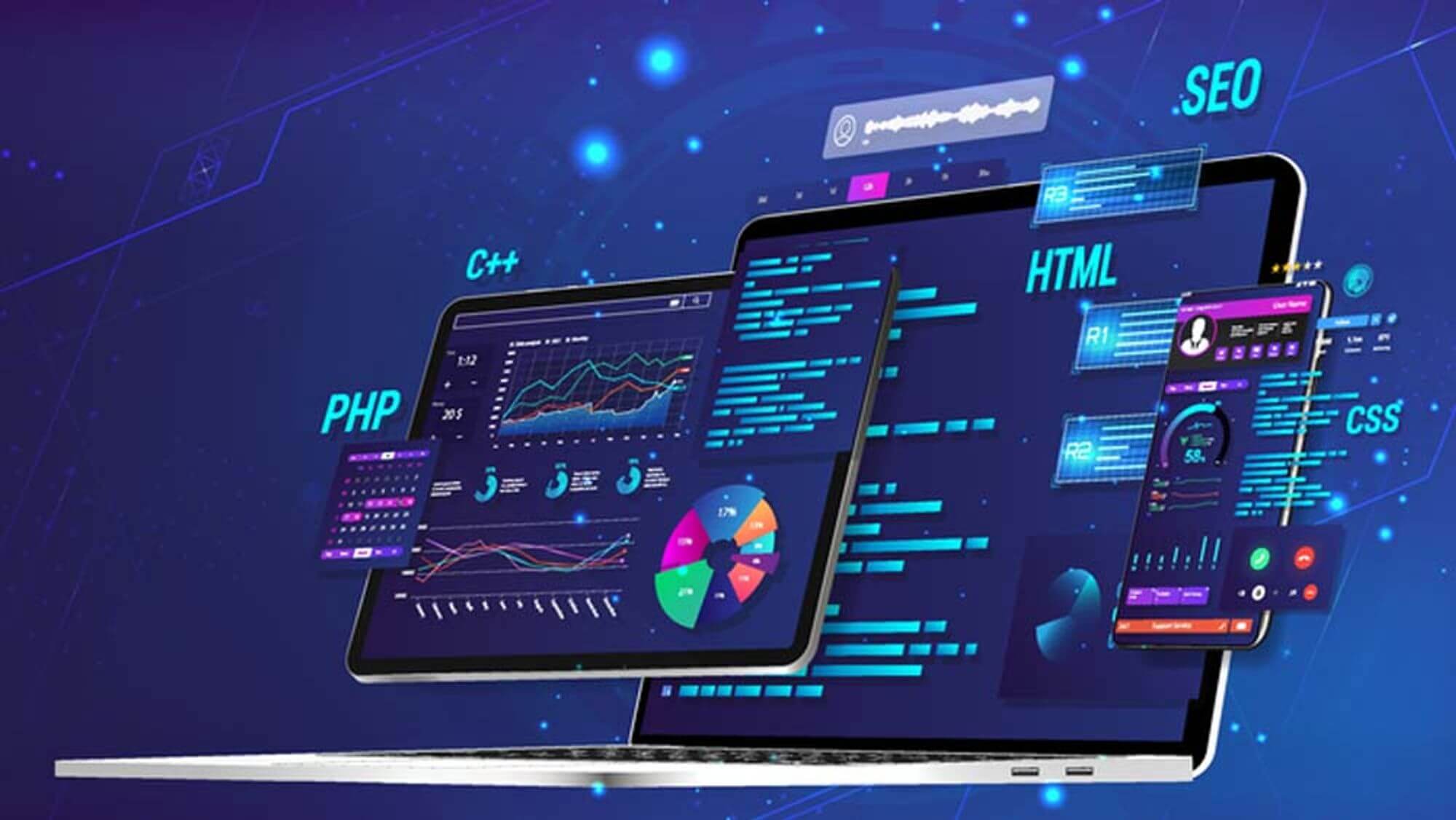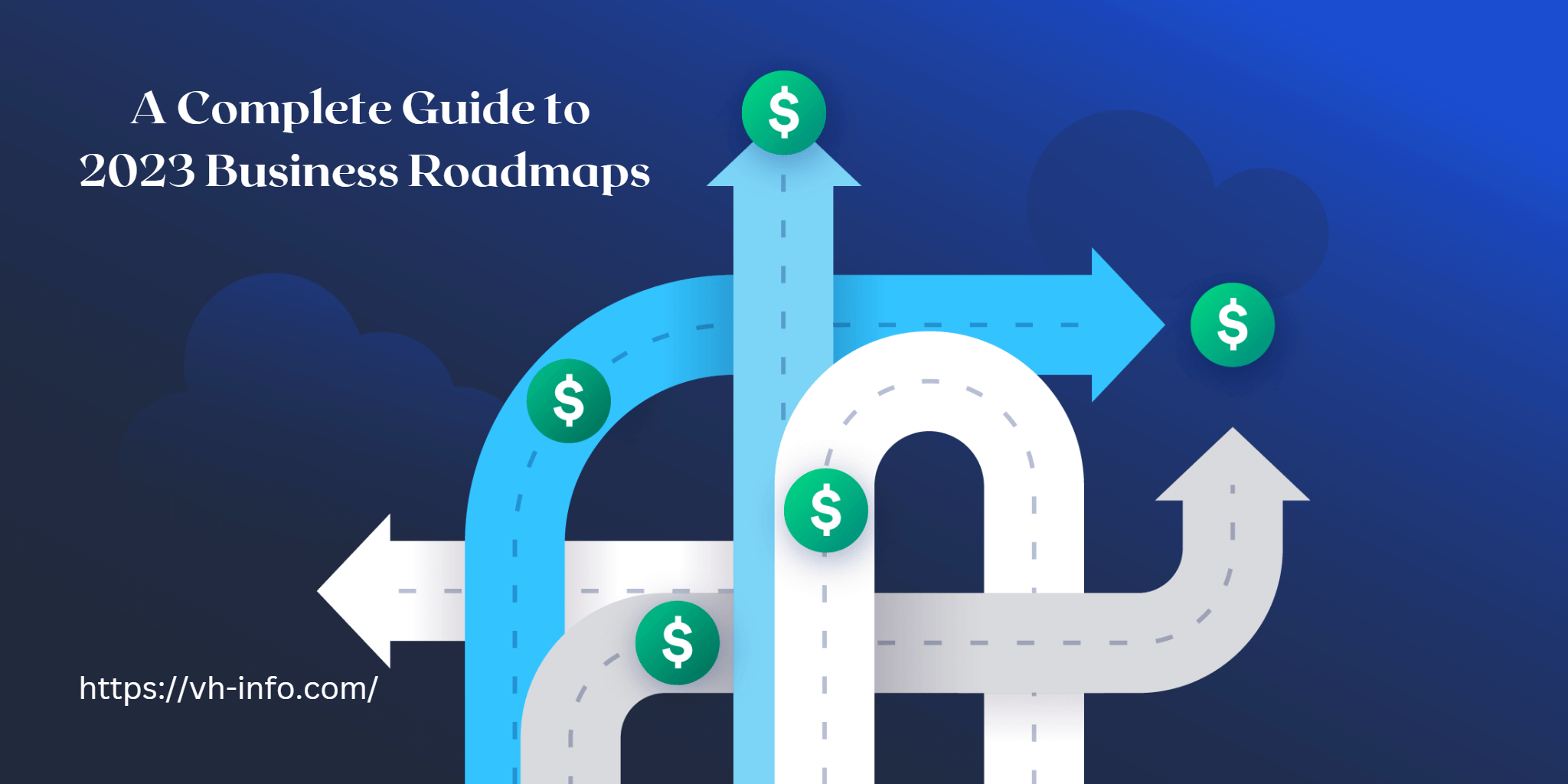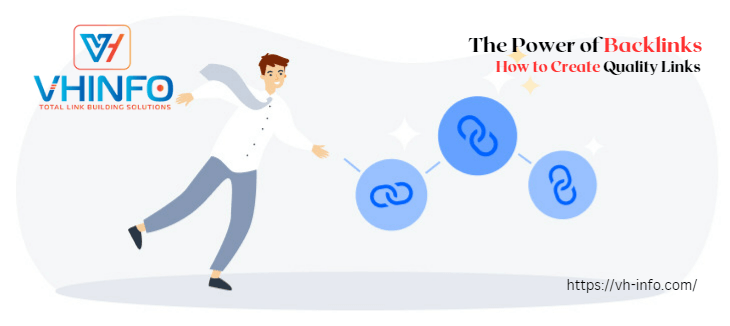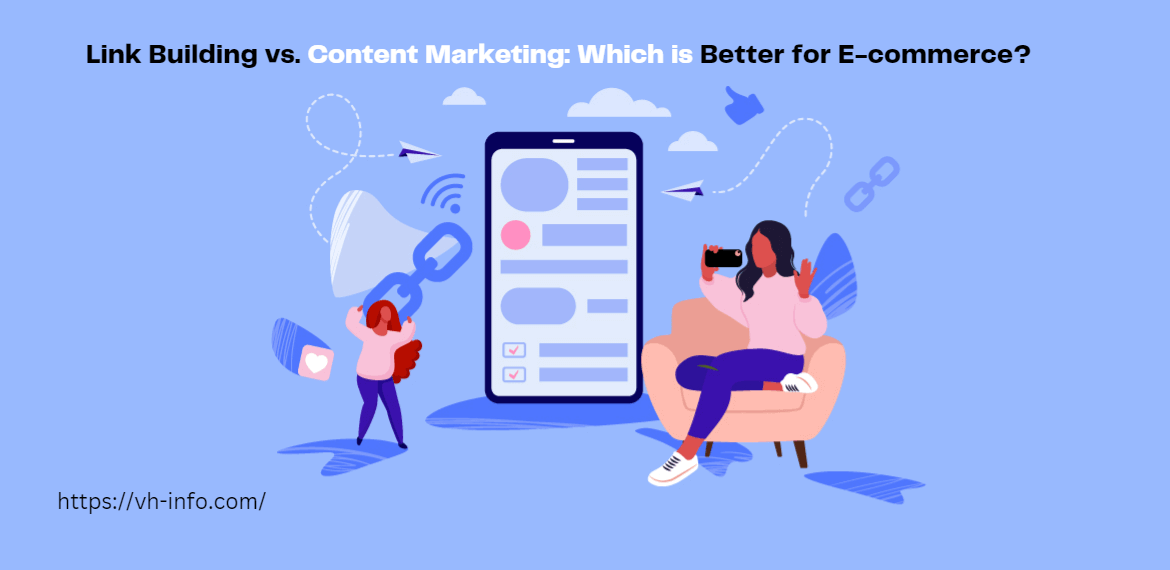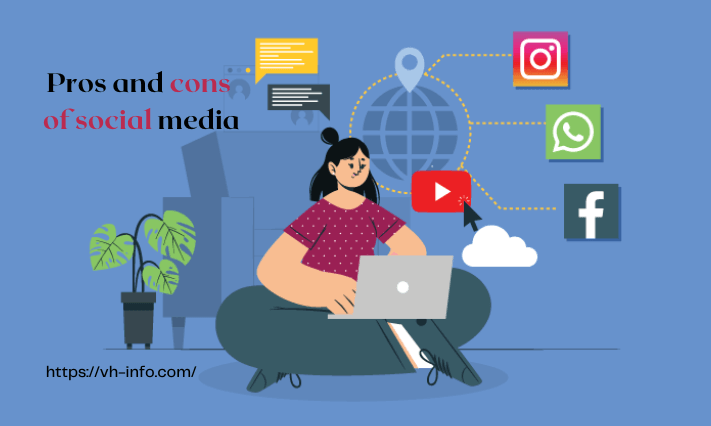Advanced software trends are made things very simple.
Not only has software development affected how we engage with technology, but it has also altered how we live. In the past, software was employed for simple tasks like data processing. It has recently developed into a potent instrument that aids in organizing, analyzing, and comprehending challenging tasks. The opportunities it presents grow as the software does. Whether you are a software engineer, software development company, or tech enthusiast, keeping yourself updated with the changing software trends becomes extremely important. The following software trends are anticipated to have a greater-than-usual impact on how we interact with technology in 2023.
HR SYSTEMS
In 2023, a dynamic interaction of new trends will influence the landscape of human resources software. These developments represent a digital transformation that is streamlining HR activities more than ever, from the incorporation of AI-driven recruiting tools that improve candidate sourcing and screening to the growing deployment of remote work management platforms enabling smooth collaboration. As tailored learning paths and wellness apps become essential components of HR suites and analytics-driven insights enable data-informed decision-making, the employee experience takes center stage. Blockchain-powered solutions are becoming more popular for boosting security and transparency in HR processes in the midst of these seismic developments. To fully realize the potential of their organizations’ human capital management in 2023, HR professionals must adopt these trends.
Cloud Computing
 Earlier, businesses needed an on-site IT department and a storage system in order to store data. But now, thanks to cloud computing, all the business needs to access its data is a monthly or yearly subscription and an internet connection. They will benefit from this, and it is economical. They don’t need to buy their own infrastructure and can scale up without any issues. Anyone who has been given permission can view the data at any time without having to contact the IT team and wait for a response.
Earlier, businesses needed an on-site IT department and a storage system in order to store data. But now, thanks to cloud computing, all the business needs to access its data is a monthly or yearly subscription and an internet connection. They will benefit from this, and it is economical. They don’t need to buy their own infrastructure and can scale up without any issues. Anyone who has been given permission can view the data at any time without having to contact the IT team and wait for a response.
Businesses and governmental organizations began embracing cloud computing in 2022. Now, in 2023, more businesses are realizing the value of multi-cloud computing as well as the worldwide significance of cloud computing. Businesses are transferring to multiple cloud providers, boosting security and flexibility, and exploring quantum computing use cases to enhance their data-driven operations.
Moreover, 2023 may be the year of the commercial breakthrough of cloud gaming. Because Google Stadia requires high-speed internet, the majority of people couldn’t utilize it in the past, but things have changed with the advent of the new 5G network and other technology.
5G
 The fifth generation of mobile networks is known as 5G. Virtual links between machines, objects, and devices will be possible. In 2023, 5G is anticipated to be fully used, giving businesses additional opportunities to collect data from various sources and use analytics. Moreover, it will support greater connectivity, lower latency, and higher speeds up adoption. Consumers will also profit from this since they will have smoother gameplay, faster downloads, and better audio and video streaming. Finally, 5G will assist in cutting down on energy use and improve coverage for isolated and rural locations.
The fifth generation of mobile networks is known as 5G. Virtual links between machines, objects, and devices will be possible. In 2023, 5G is anticipated to be fully used, giving businesses additional opportunities to collect data from various sources and use analytics. Moreover, it will support greater connectivity, lower latency, and higher speeds up adoption. Consumers will also profit from this since they will have smoother gameplay, faster downloads, and better audio and video streaming. Finally, 5G will assist in cutting down on energy use and improve coverage for isolated and rural locations.
Using the Edge
The upcoming significant software development trend is edge computing. It is a strategy that places computation and data storage close to the users, enabling real-time data processing independent of the cloud. Businesses profit from this technology’s decreased latency and enhanced performance. They will be able to handle data more rapidly and arrive at better judgements thanks to edge computing, which can enhance customer service. Because the data would remain on the company’s network, edge computing will also make it possible for more secure data storage. Edge computing will make it simpler for IoT devices to connect to the cloud, enabling more connected experiences.
Internet of Things (IoT)
An developing technology called the Internet of Things (IoT) links actual physical objects to the internet. It enables remote monitoring, management, and control of these items. IoT will grow in importance even more in 2023. It will be used by businesses to get client feedback and enhance their offerings. Additionally, they will leverage IoT to automate procedures and duties to increase their effectiveness and efficiency. Additionally, they will develop new goods and services using IoT, such as connected autos and smart home technology. Companies can gain a deeper understanding of their clients and enhance the customer experience by utilising the data received through IoT devices.
Internet of Behaviour (IoB) The IoB is a new software trend that has the potential to change how businesses engage with their clients. It uses machine learning (ML) and artificial intelligence (AI) technology to evaluate client behavior and produce individualised experiences. Companies caBehavior more individualised services by using IoB to acquire insights into client preferences and habits. As businesses explore ways to improve their interactions with customers and the experiences they receive, IoB will spread even farther in 2023. By the use of IoB, businesses will be able to learn from client input to develop better products and services.
More Python Usage
Python is a potent programming language that is frequently used in the creation of software including custom web application development. Its use is anticipated to increase in 2023 as developers explore ways to make software that is better, faster, and more effective. Python’s libraries and frameworks can assist developers in swiftly producing effective applications, and its syntax is simple to master. Python is a crucial tool for organisations because it can be used to create applications for machine learning and artificial intelligence. In 2023, Python will be a required language for OpenAI software development due to its rising popularity. Additionally, alongside Python, java development services remain crucial as organizations continue to leverage Java for robust, scalable, and secure software solutions.
Native Development
Hybrid apps have always defeated native apps because they’re cheaper and easier to make. In 2023, app developers will realize Nativity’s potential.
Native development involves creating mobile apps for a specific platform and OS. Native programming lets developers create fast-responding apps with a better user experience. So, if you consider having a native app for your business, you can hire nearshore frontend developers to ensure quality and efficiency. In 2023, more companies will use native development to optimize their apps and devices If you consider having a native app for your business, you can hire a Solidity developer to ensure quality and efficiency, especially if your app requires blockchain integration. Apps that interact with voice assistants and linked home systems will be created using native programming.
Virtual, mixed, and augmented reality
In 2023, augmented, virtual, and mixed reality applications will continue to gain popularity. Companies can use these technologies to create immersive experiences that blend the real and virtual worlds. Augmented reality (AR) can be used to incorporate digital content into real-world settings. VR may be utilized to create completely immersive experiences. In mixed reality (MR), people can engage with both real and virtual objects, giving them the best of both worlds. By 2023, these technologies will be employed to provide more immersive experiences in both gaming and retail environments. These technologies will help businesses stand out from their competitors by providing individuals with more intriguing experiences.
AI
 AI just saw a boom in popularity and will continue to generate attention in 2023 as it infiltrates our daily lives. No one can disagree that AI has the potential to revolutionise the world, for better or worse, despite its poor reputation among creatives. AI finds extensive application across diverse industries including, but not limited to, entertainment, healthcare, and education. A notable example of its educational application is the AI essay writer, which is particularly beneficial in enhancing academic writing. It will be much more common in 2023 as individuals utilise it to automate repetitive chores, improve customer service, and develop new goods. A good example is the AI code review tool, which assists developers in testing software code more quickly and efficiently.
AI just saw a boom in popularity and will continue to generate attention in 2023 as it infiltrates our daily lives. No one can disagree that AI has the potential to revolutionise the world, for better or worse, despite its poor reputation among creatives. AI finds extensive application across diverse industries including, but not limited to, entertainment, healthcare, and education. A notable example of its educational application is the AI essay writer, which is particularly beneficial in enhancing academic writing. It will be much more common in 2023 as individuals utilise it to automate repetitive chores, improve customer service, and develop new goods. A good example is the AI code review tool, which assists developers in testing software code more quickly and efficiently.
The availability and usability of AI-enabled and 3D product configuration will increase, products will increase, enabling businesses to provide more specialised services. Also, AI will be able to handle data more quickly and effectively with the advancement of 5G and edge computing. By 2023, AI may have fully incorporated itself into our daily lives as it continues to advance.Read more about : Copy.ai alternative
Vishal Ambani
Vishal is a Founder & CEO of vh-info .He loves to talk about SEO, Link building and Digital marketing tactics. In his free time, he likes to read and stay updated on Link building.
You can always reach out to Vishal on linkedin.
